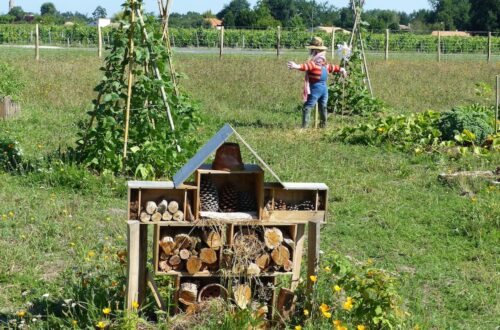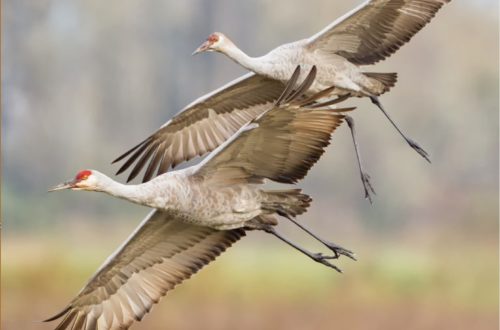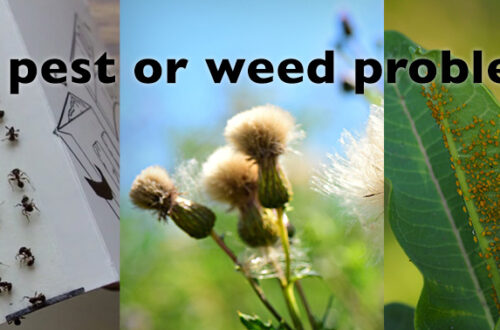Taking Advantage of the Off-Season
Gardening during the winter is a tricky task in most climates. Many people have already put their gardens “to bed,” saved their seeds for spring, and they carefully avoid tromping across wet soil in fear of hard pack. And for children, the moments of exploring a garden and learning in it are exchanged for increased indoor time during this off-season.
But while an outdoor garden space may not be available for children to roam and dig through, winter is still a vital time for children to learn about gardening because of the risk-free, fail-safe opportunities it provides. During the active growing seasons, many children experience a fear of failure when planting seeds and applying innovations in the garden. They are afraid that if their seeds don’t germinate or grow vibrantly, then they have failed the crop and their community’s goals. They are afraid to make mistakes or learn from new opportunities.
But every adult gardener understands that experimentation, wonder, and observation are key skills for helping a garden thrive each year. And winter is the best time to help children develop this knowledge by allowing them the opportunity to practice in a safe space. In the off-season, children can set up experiments, observe and interact with gardening elements, develop a relationship to the land, and learn from “failures” without the stress of the growing season. At the end of winter, they emerge more skillfully prepared to confront the demands of spring and to approach the garden with wonder and innovation.
Adults can take advantage of this season by providing tangible activities for children to get them jump-started for spring. Here are five gardening activities to get children practicing their gardening skills during the off-season. Each one of these lessons can be enhanced through reading or listening to stories about the subject and supporting children in asking questions and pursuing their own learning.
Activity 1:
Build Mini-Greenhouses Create a small structure to sprout seeds on a windowsill by using on-hand materials such as glass jars or sturdy clear bags. Have the children compare the growth of seeds in just water (no soil) with seed growth in soil. They can make daily observations about the comparative growth of these seeds, all while generating questions and wonderment on how seeds germinate and what sprouts need to survive.
Activity 2:
Gather and Sort Seeds Children can gather diverse seeds from plants they have access to and compare the differences between each type. They can sort them by shape, size, texture, or color, all while discussing the seeds’ unique characteristics and what they indicate about how these seeds can travel. 25
Activity 3:
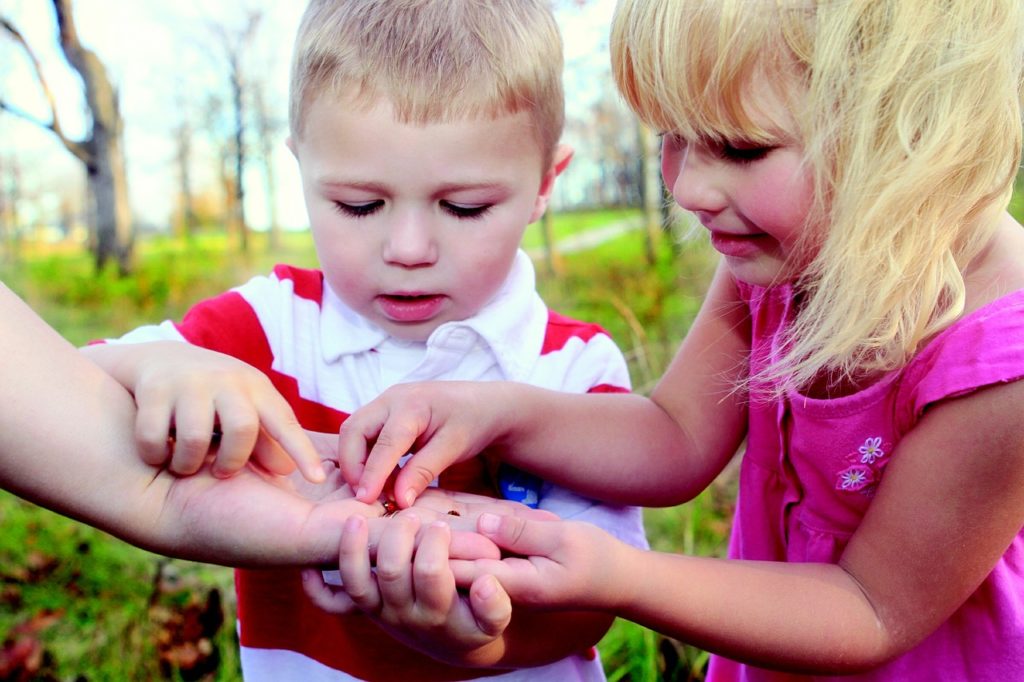
Study Insect Life Cycles. Encourage children to collect insect eggs sacks from outside, such as praying mantises, or purchase butterfly cocoons as well as a small mesh cage to hatch these creatures indoors. The children can create a visual storyboard of the insect’s life cycle, habitat, and food preferences as they wait for them to emerge. They can learn about beneficial insects in the garden and research the best habitat to plant for them in the spring, depending on their climate.
Activity 4:
Build A Worm Bin Children can learn about soil ecosystems by building a mini-worm bin. This research project can include discovering how to create red wriggler worm habitat, what foods they like, and how to harvest castings for the garden. The children can engage in weekly observations with the worm bin and determine how to best support the ecosystem’s health.
Activity 5:
Create Homemade Fertilizers Learn about composting and the nutrient cycle in an organic garden by making fertilizers and compost teas for the garden using kitchen scraps, compost, or worm castings. Children can go a step farther by researching which plants in their garden would benefit from them the most. In the spring, the children can compare the growth rates of plants using these different organic fertilizers and teas.
Even in the off-season, a child’s gardening experience can be transformative through regular engagement with garden activities. This can happen in backyards, patios, schoolyards, containers, or windowsills. As adult gardeners wait for planting season to begin again, they can help children to develop valuable gardening skills and to succeed in the spring by trying out one of these activities.
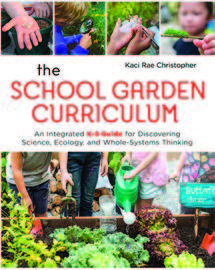
Kaci Rae Christopher is the author of The School Garden Curriculum and is an outdoor educator focusing on fostering environmental literacy in children of all ages.
For More Info: https://www.theschoolgardencurriculum.com




